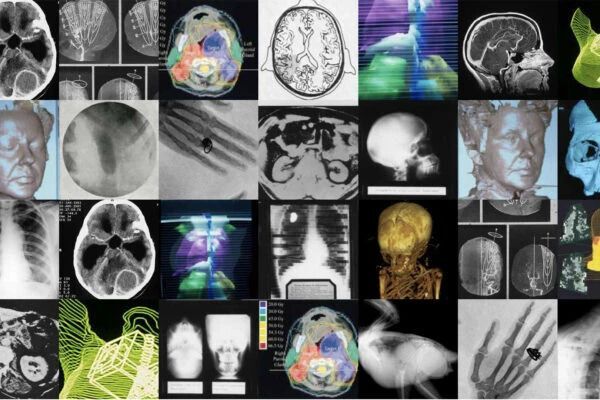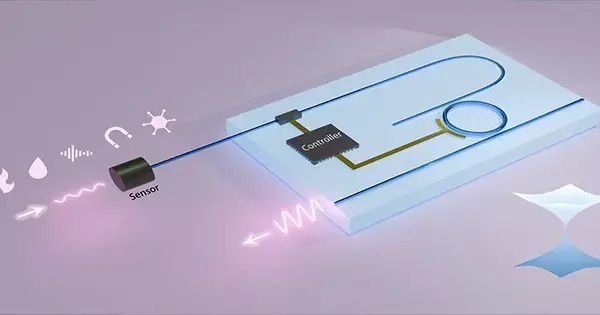Engineers harness the potential of exceptional points (EPs) to advance optical sensing. EPs, or special conditions in systems where unusual optical phenomena might occur, can be used on conventional sensors to provide a high sensitivity to environmental perturbations.
Optical sensors are the foundation of many scientific and technological pursuits, from detecting gravitational waves to visualizing biological tissues for medical diagnoses. These sensors use light to detect changes in the environment they are monitoring, such as chemical biomarkers and physical attributes like temperature. A recurrent difficulty in optical sensing has been increasing sensitivity to identify tiny signals in the presence of noise.
New research from Lan Yang, the Edwin H. & Florence G. Skinner Professor in the Preston M. Green Department of Electrical & Systems Engineering in the McKelvey School of Engineering at Washington University in St. Louis, unlocks the power of exceptional points (EPs) for advanced optical sensing. In a study published in Science Advances, Yang and first author Wenbo Mao, a doctoral student in Yang’s lab, showed that these unique EPs — specific conditions in systems where extraordinary optical phenomena can occur — can be deployed on conventional sensors to achieve a striking sensitivity to environmental perturbations.
We’ve implemented a novel platform that can impart EP enhancement to conventional optical sensors. This system represents a revolutionary extension of EP-enhanced sensing, significantly expanding its applicability and universality.
Lan Yang
Yang and Mao created an EP-enhanced sensing platform that addresses the limitations of earlier techniques. Unlike existing approaches, which need sensor modifications, their unique system includes an EP control unit that can be plugged into physically isolated external sensors. This arrangement allows EPs to be tuned only by adjusting the control unit, resulting in ultrahigh sensitivity without the need for complex sensor modifications.
“We’ve implemented a novel platform that can impart EP enhancement to conventional optical sensors,” Yang said. “This system represents a revolutionary extension of EP-enhanced sensing, significantly expanding its applicability and universality. Any phase-sensitive sensor can acquire improved sensitivity and reduced detection limit by connecting to this configuration. Simply by tuning the control unit, this EP configuration can adapt to various sensing scenarios, such as environmental detection, health monitoring and biomedical imaging.”

Yang and Mao have successfully avoided the rigorous physical requirements for operating sensors at EPs, which have previously hampered their general use. This paves the way for EP enhancement to be applied to a wide range of conventional sensors, including ring resonators, thermal and magnetic sensors, and sensors that detect vibrations or perturbations in biomarkers, greatly increasing the detection limit of sensors that scientists are already using. With the control unit set to an EP, the sensor can operate in a different mode — not at an EP — while still reaping the benefits of EP enhancement.
Yang’s team conducted a proof-of-concept test on a system’s detection limit, or ability to identify weak perturbations in the presence of system noise. They showed a six-fold reduction in the detection limit of a sensor utilizing their EP-enhanced design when compared to a standard sensor.
“With this work, we’ve shown that we can significantly enhance our ability to detect perturbations that have weak signals,” Mao told the audience. “Our current focus is on applying that theory to a wide range of applications. I’m specifically interested in medical applications, particularly magnetic sensing, which may be utilized to improve MRI technology. MRIs currently require a full room with precise temperature control. Our EP platform could be utilized to improve magnetic sensing and enable portable bedside MRI.”
















